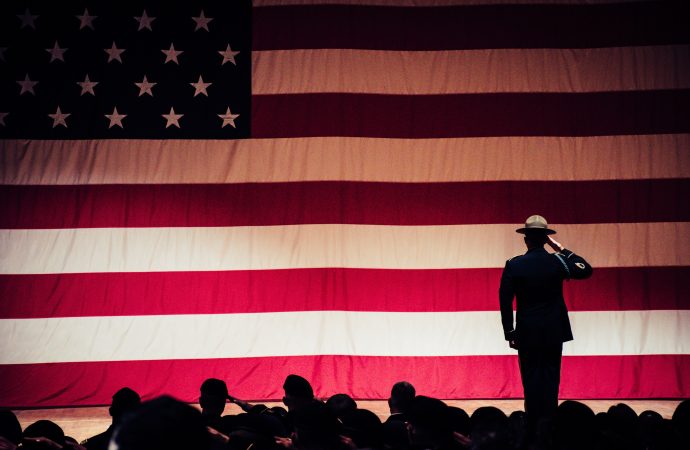The American epic is a literary form that has been cherished by poets and readers alike for centuries. Unlike other poetic forms that focus on shorter, more concise works, the American epic is characterized by its length and complexity. It tells a story that often spans generations and explores the depths of human experience. The
The American epic is a literary form that has been cherished by poets and readers alike for centuries. Unlike other poetic forms that focus on shorter, more concise works, the American epic is characterized by its length and complexity. It tells a story that often spans generations and explores the depths of human experience.
The roots of the American epic can be traced back to the early days of the country’s settlement, when oral traditions and storytelling were a vital part of daily life. These early epics were often based on Native American legends or European folklore, and they provided a sense of continuity and shared history for the communities that told and retold them.
Over time, the American epic evolved to reflect the changing social and political landscape of the country. It was during the 19th century that the form really came into its own, with works like Herman Melville’s “Moby-Dick” and Walt Whitman’s “Leaves of Grass” defining the genre.
“Moby-Dick” tells the story of Captain Ahab’s obsessive quest to hunt down the white whale that took his leg. It is a complex and multifaceted work that explores themes of identity, mortality, and the nature of evil. “Leaves of Grass,” on the other hand, is a sprawling collection of poems that celebrates the beauty and diversity of America.
Other notable American epics from this era include Henry Wadsworth Longfellow’s “The Song of Hiawatha,” which draws on Native American mythology to tell the story of the legendary Hiawatha, and Edgar Allan Poe’s “The Raven,” a haunting and atmospheric poem that explores themes of grief and loss.
In the 20th century, American epics continued to thrive, with works like T.S. Eliot’s “The Waste Land” and Allen Ginsberg’s “Howl” pushing the boundaries of the form. “The Waste Land” is a fragmented and enigmatic work that draws on a wide range of cultural and literary references to explore themes of disillusionment and decay. “Howl,” on the other hand, is a raw and unfiltered expression of rebellion and counterculture, inspired by Ginsberg’s experiences in the Beat movement.
More recent examples of the American epic include James Merrill’s “The Changing Light at Sandover,” a three-part poem that explores themes of spirituality and the afterlife, and Anne Carson’s “Autobiography of Red,” a novel in verse that reimagines the myth of the Greek monster Geryon.
One of the most notable things about the American epic is its adaptability. It has proven to be a form that can accommodate a wide range of styles and subject matter, from the epic adventures of Odysseus to the personal struggles of modern-day protagonists. It is a testament to the enduring power of storytelling and the human desire to connect with one another through narrative.
In conclusion, the American epic is a unique and important part of the country’s literary heritage. It has provided a platform for some of the most celebrated writers of all time to explore the complexities of the human experience, and it continues to inspire and captivate readers today. Whether it is a story of a quest for revenge, a celebration of the American landscape, or an exploration of the mysteries of the universe, the American epic remains a vital and enduring form of literature.

















Leave a Comment
Your email address will not be published. Required fields are marked with *